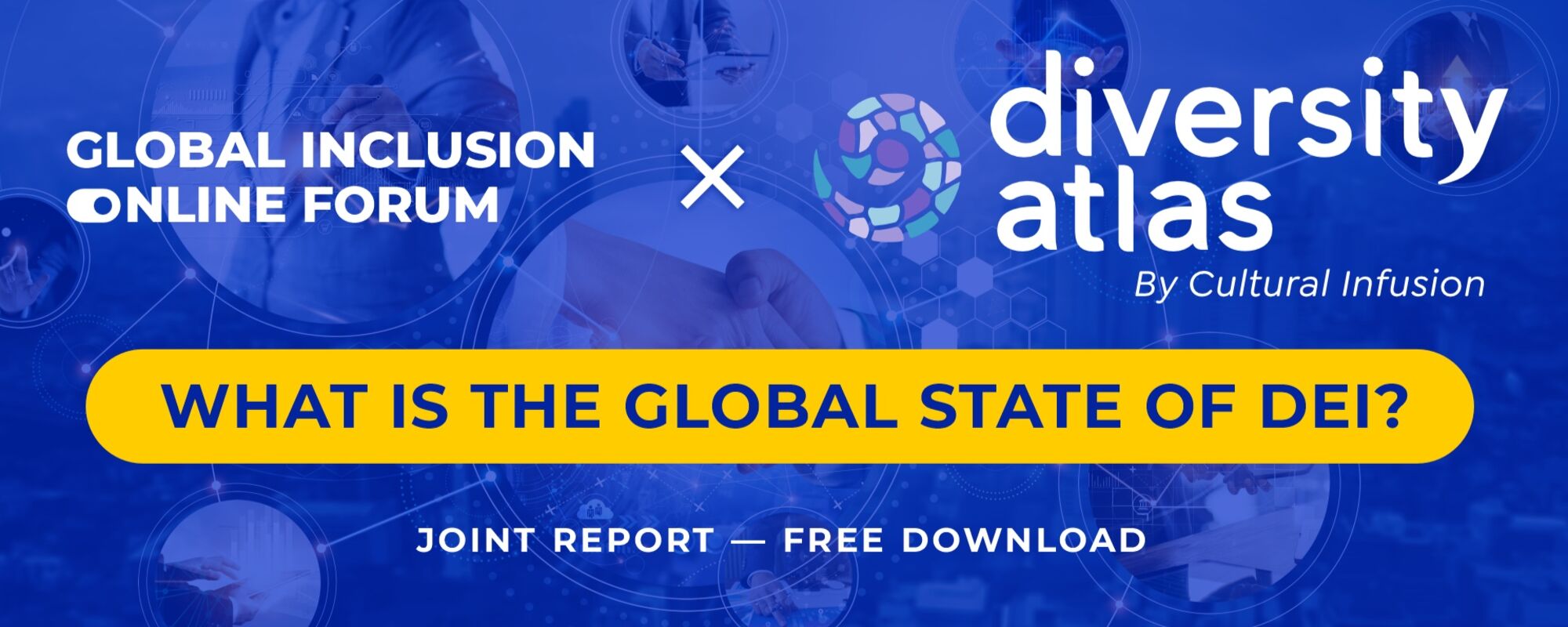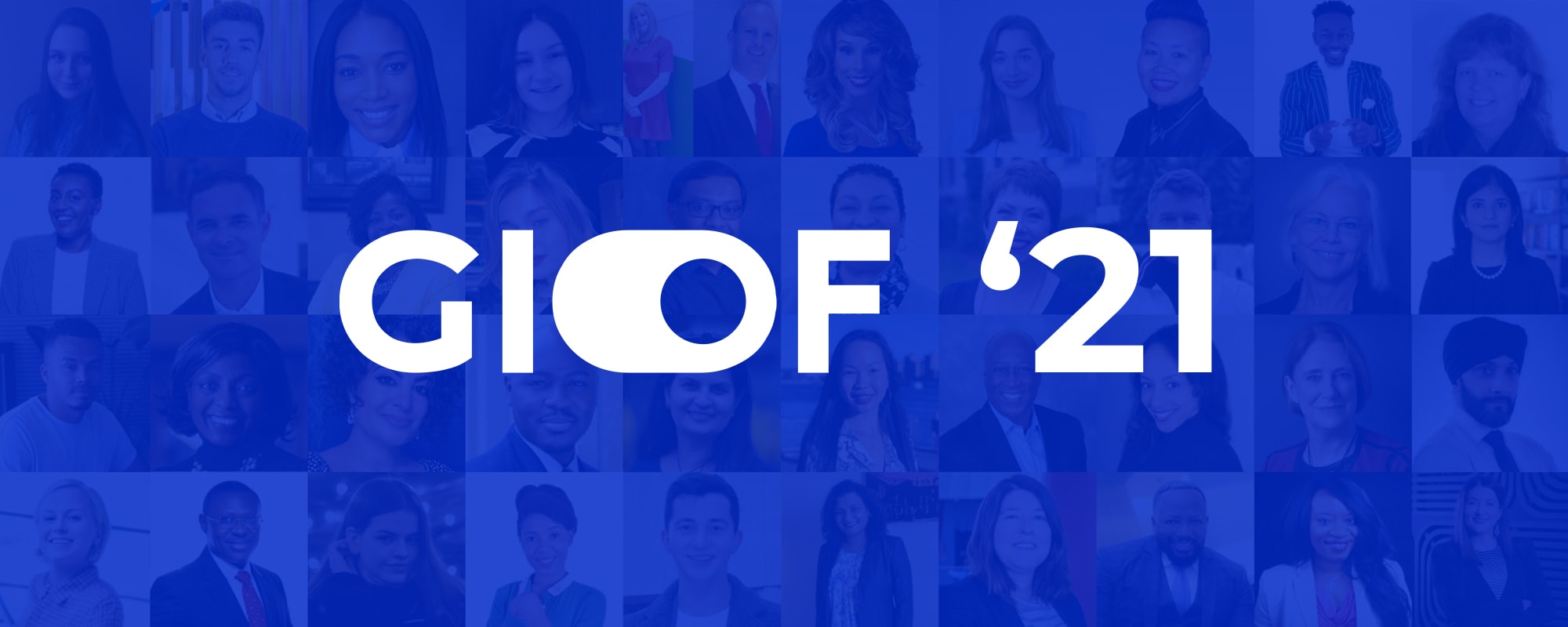Quantitatively measuring inclusion to develop targeted solutions
When trying to make data-driven decisions on DEI, often organisations will focus on diversity data - counting the number of people in different demographic groups that make up different parts of their company. Maybe they leverage that data to look at gender or ethnicity pay gaps, differences in performance reviews, or other equity-related topics. However, quantitative inclusion measurement is rare in most organisations, in part because it's difficult but also in part because few valid quantitative measurements of inclusion exist.
The speaker will present a case study where a statistically validated, quantitative inclusion metric was successfully used in a large government agency to identify the specific behaviours that were affecting inclusion and exclusion, the groups that were in need of the most support, and the ways this was affecting key organisational outcomes. This led to a more precise diagnosis of the problems in the organisation, and so more targeted and effective interventions. In particular, by identifying issues of exclusion for Black women, a company was able to develop a targeted sponsorship program that increased promotion rates for that group by 67%.
Attendees will learn:
- How to quantitatively measure inclusion in a statistically validated way
- How to leverage inclusion data to develop more sustainable and effective solutions
- How to use inclusion data to benchmark your organisation

 Blind Hiring Summit: Embracing the New Age of HR
Blind Hiring Summit: Embracing the New Age of HR DEI Data Summit
DEI Data Summit Diversity Fatigue Summit
Diversity Fatigue Summit GIOF 2022 Annual Meeting
GIOF 2022 Annual Meeting Banking for everyone: Arising accessibility trends in banking and financial services
Banking for everyone: Arising accessibility trends in banking and financial services GIOF 2021
GIOF 2021 GIOF 2020
GIOF 2020 Raafi-Karim Alidina
Raafi-Karim Alidina